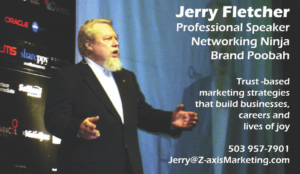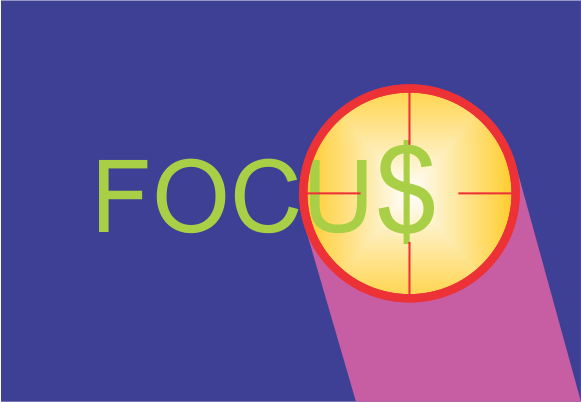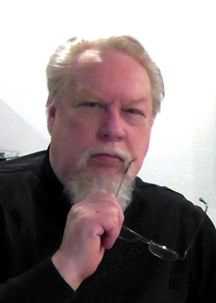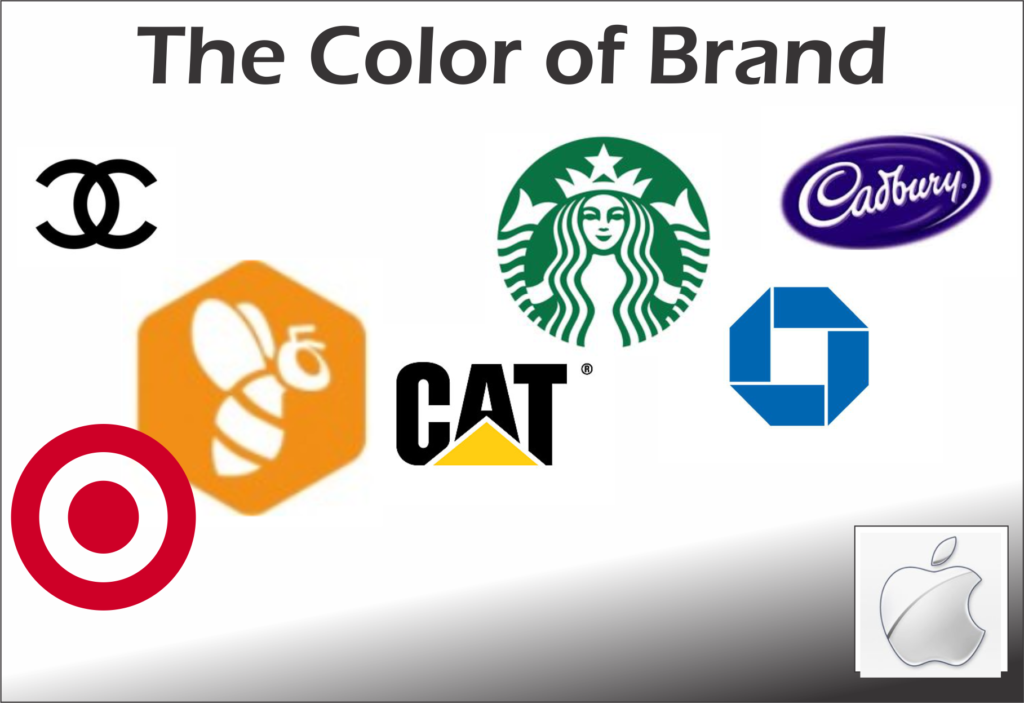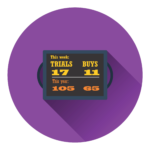 I hadn’t intended to be there.
I hadn’t intended to be there.
My daughter and I had agreed to fly in for weekend meeting with Mom to make sure we were handling her finances as she wished as she moved to long term care. We wound up at Mom’s funeral.
There was a small turnout.
Some family, a few from the neighborhood but the greatest attendance was the ladies of the sewing circle. They are a group of women that sew quilts for infants and children at the local Children’s hospital. Mom was a founder of the group and a member for 55 years.
Kelly, my daughter, led off.
She began the eulogizing by telling us how her Grandma responded when she had told her that she could only visit once a month. Mom just looked over her glasses and said, “Honey, you’ve got a life and a career out there in D.C. That’s where you need to be.”
What single word describes you?
The minister asked the crowd to describe Mom in a word or two. The ones that stuck with me are: Feisty, Kind, Ornery, Caring, Live Wire, Listener, Direct, Open
In every case, the initial zinger was followed with a modifier: Feisty but Kind, Ornery but Caring, Live wire but willing to Listen, Always Direct but Open to other views.
What my feisty Mom taught me about building a brand.
- Speak your mind…gently. You need to have opinions and you need to voice them. But even if you differ from everyone around you, your manner can be respectful. And it is okay to change your mind if it makes sense to do so.
- To challenge social stupidity, ping pong ‘em. Find a partner that shares your viewpoint preferably for different reasons. Team up and come at the numbskulls from two directions. Use both emotion and logic to argue your case. Stay with it until you win.
- Walk your talk. Though she spent most of her life as a homemaker, Mom thought women should be independent. She may have been the neighborhood, “cookie lady” but she could and did lead the charge for social changes she believed in. She lived alone after Dad died until she was 95. She surprised her sewing circle members by purchasing a new car when she was 94!
You can be frank and beloved.
You can’t convince or persuade if you are inconsistent. You can’t be seen as on top of it if you aren’t. You can’t build lasting relationships if you don’t really care.
You can be feisty but gentle. You can be a little ornery if you soften it by caring. You can be the live wire of the group but also be the one that gets even the most reticent involved.
Your personal brand is the considered perception of you and all your actions.
What are the words they will use in your eulogy?
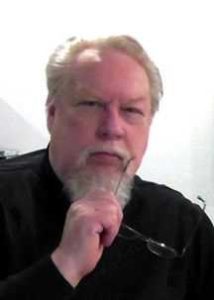 Jerry Fletcher, Networking Ninja, is a sought after International Speaker, beBee ambassador, founder and Grand Poobah of www.BrandBrainTrust.com
Jerry Fletcher, Networking Ninja, is a sought after International Speaker, beBee ambassador, founder and Grand Poobah of www.BrandBrainTrust.com
His consulting practice, founded in 1990, is known for Trust-based Brand development, Positioning and Business Development on and off-line.
Consulting: www.JerryFletcher.com
Speaking: www.NetworkingNinja.com


